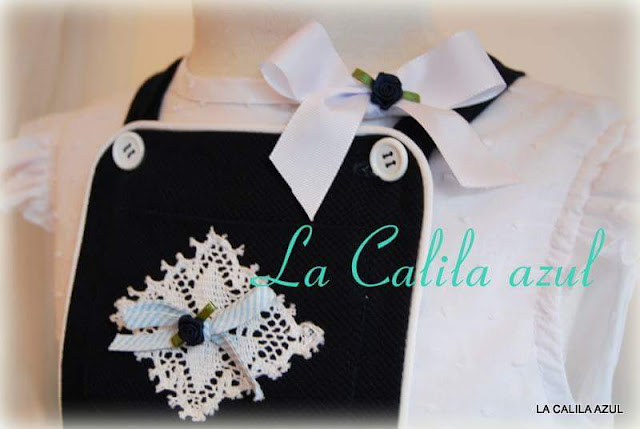

When threatened, they wedge themselves into their shallow burrow making it difficult for an attacker to drag them out because of their jagged scales, or else lie flat on the ground to protect their vulnerable belly. Pichis are solitary outside of the mating season. During the winter, when the weather is more extreme, the burrows may be deeper than they are in the summer, reaching as much as 1.5 m (4 ft 11 in) below ground. They do not inhabit their burrows for extended periods, digging new ones at least every few weeks, and sometimes daily. The burrows have a dome-shaped entrance and a single passage that can reach several metres in length, before terminating in a bare, unlined, resting chamber. They dig burrows in sandy soil, which they use for shelter from extremes of weather. Newborn pichis weigh about 50 g (1.8 oz), and put on an average of 9 g (0.32 oz) per day until weaning ends at about 40 days and they leave the burrow for the first time.
#Pichi parche skin
The young are born with soft, pink skin with tiny osteoderms that begin to harden and turn more yellow after about two weeks. Females may be induced ovulators, and give birth to one or two young after a gestation period of 58 to 60 days, typically between October and January. The breeding season lasts from spring to early summer, with the exact months depending on latitude. In addition to true hibernation, they also enter a period of daily torpor, lasting up to four hours each night, during which they body temperature can drop to as low as 24 ☌ (75 ☏). During hibernation, their body temperature drops from its normal value of about 35 ☌ (95 ☏) to just 14 ☌ (57 ☏). Like many hibernating animals, they build up considerable fat reserves before entering their winter burrows, where they remain from May to August. Pichis are the only armadillos known to hibernate.

Common predators include crowned eagles, buzzard-eagles, foxes, and cougars. Despite living in arid environments, they are not thought to drink water in the wild. Pichis are omnivorous, with the largest part of their diet consisting of invertebrates such as beetles, ants, and scorpions, though they will also eat small mammals or lizards, as well as plant material and fungi. The male's penis is unusually long among mammals, being about 60% of the total body length. Females have two teats, located in the chest region, and, like most armadillos, lack a true vagina, instead having a single urogenital sinus about 18 mm (0.71 in) in length. The absence of teeth on the premaxillary bone of the upper jaw is one of the features that allows them to be distinguished from other, similar, armadillos, such as the six-banded armadillo. Pichis have eight teeth on each side of the upper jaw, and nine on the lower. The ears are short, and the eyes dark and relatively small. Pichis have well-developed claws on all four feet. The underside of the animal has a coat of tan-coloured hair, which is thicker and longer in winter there are also a few long hairs protruding through small holes near the posterior edge of some of the scales. An additional "nuchal" band lies in front of the scapular shield, and there is also a triangular shield on top of the head, and further osteoderms along the tail. The carapace varies from light yellow to near-black, and consists of heavy scapular and pelvic shields composed of rectangular osteoderms, and separated by six to eight movable bands. Adults weigh anything from 700 to 1,500 grams (25 to 53 oz), and males may be slightly larger than females. It can also be used to refer to someone cool or fun to be around.Pichis are relatively small armadillos, measuring approximately 27 cm (11 in) long, with a tail of about 11 cm (4.3 in). It’s the kind of word you use to refer to your group of friends or to a fun plan, such as going to the beach, having a party, etc. In Colombia, the slang term “parche” refers to a group of friends who get together to do something fun. However, we all know that slang terms have a meaning that’s very different from the literal one. Parche can be translated to patch, referring to the kind of material used to mend a hole. The word “parche” from ancient French is derived from the Latin word “Parthica”, which referred to sheepskin, certain kinds of parchment paper, and also linen used to dress wounds. In its origins, it was used to describe tanned leather or weathered skin, which was used to make drums and other percussion instruments. If you’re using a single round pan you can either use a. Let it cool completely, before removing from the molds. Cover with a tight fitting lid and steam over medium heat for about 30-35 minutes or until just firm and looks transparent like a gelatin.

It seems like the word “parche” comes from ancient French and it means sheepskin or leather. Pour the mixture into small molds or an 8 inch round pan and place in a preheated steamer.
#Pichi parche how to
I started this series to be able to discuss popular Colombian slang words as well as show you their meaning (and how to use them).


 0 kommentar(er)
0 kommentar(er)
